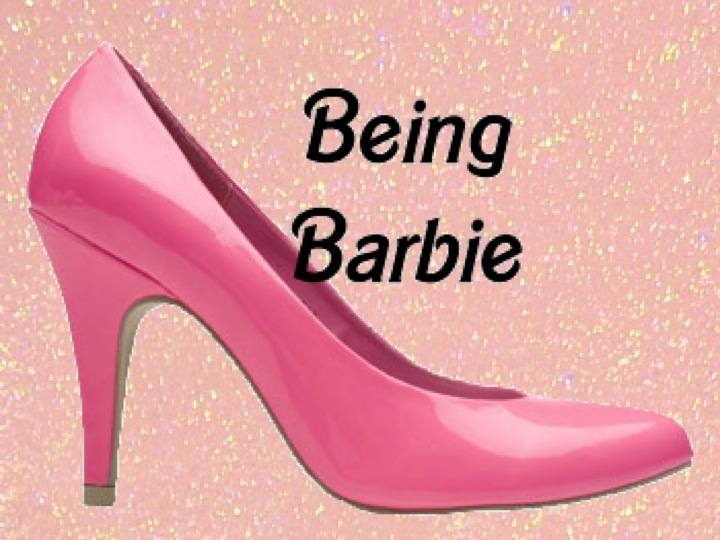

|
Framing images of Barbie's body referencing the actual human body creates a great emphasis on the differences between the two. Barbie's body is, in fact, not real. She is a doll, created by manufacturers to portray an image of perfection. When women and girls work to become Barbie or see themselves in the image of Barbie, a chance for damage can occur. The doll acts as a messenger for communicating ideas about body image. When a girl plays with a doll she is holding, touching and understanding the body of the doll in a very specific way. When Barbie is played with by girls, she communicates a message of thin, big-breasted modelesque beauty. As girls grow older there is a threat that they will recall images of Barbie as the sole way of being beautiful and imagine themselves in the image of Barbie. When the image of Barbie is unattainable to a girl or young women (as it is for many), a misunderstanding of beauty occurs The purchasing of objects, cosmetic procedures or ideologies seem to be a few of the ways that girls and women can reach such high standards of beauty that Barbie has set before them. When people make unrelentless attempts at becoming as Barbie-like as possible, they are trying to be Barbie, be a representation of an ideal of beauty.
In an attempt to compare the actual body of a woman and the body of a Barbie doll and to show the tangible misconceptions about Barbie, these images point to the schism between the doll and human. In Being Barbie, the images exhibit challenges to the ideology of Barbie-Beautiful and question Barbie's relatability to girls, the damage to personal ideals and how Barbie's body actually measures up to a human body. |
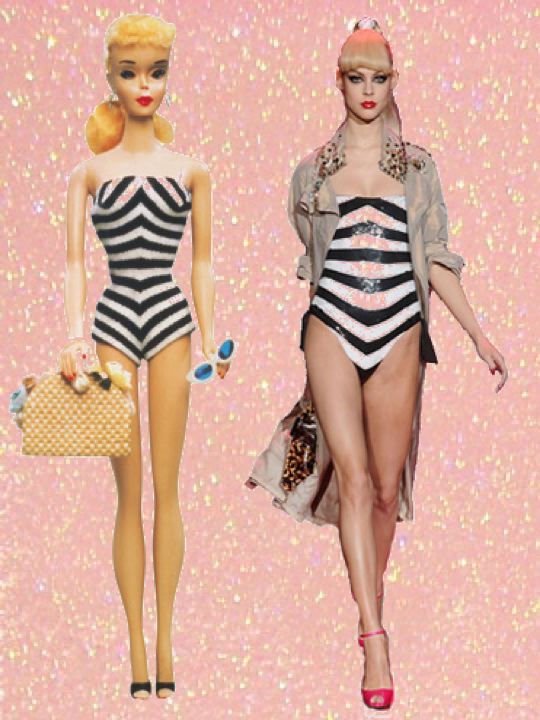
|
The Body Shop ad features a Barbie doll with curves, inches added to her to make a voluptuous doll. The text, "there are 3 billion women who don't look like super models, and only 8 who do" emphasizes the difference in our cultural understanding of beauty and what people actually look like. This ad asks viewers to realize that actual human bodies are not comparable to the unrealistic body image that Barbie creates. The slogan at the bottom of the image, "Know your mind, love your body" reinforces the message that the Body Shop is trying to send, every body is beautiful if you think it is.
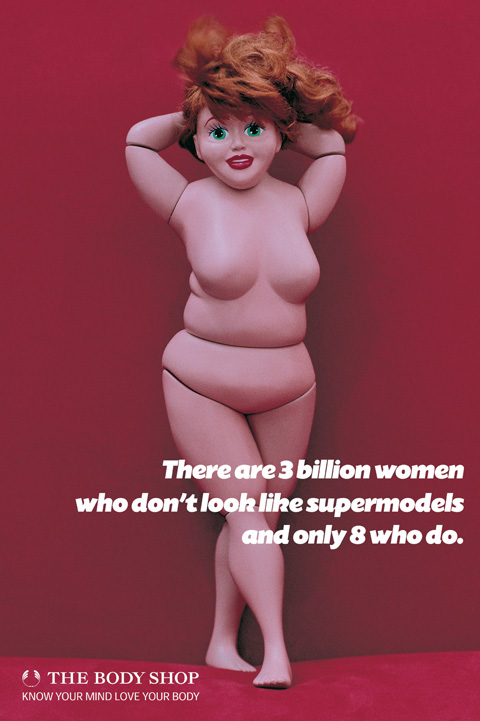

Barbie is used in the ad for the Active Life campaign a reminder of what Barbie could be. Her body, in this ad, is altered to represent a real-life person's weight distribution. Bringing to attention concerns with childhood obesity, this ad targets children as its main consumers. The ad communicates a message of fear. The doll bodies used in the Active Life ad and the Body Shop ad are very similar in shape and profile. The major difference between the two is the message that they communicate to the viewer. While the Body Shop ad tells readers to be content with their body shape and feel beautiful with the anti-Barbie body, the Active Life ad tells viewers that looking like 'fat Barbie' is the wrong way to look. Barbie's slender body is the ideal and if the body strays from that petite shape, it is obese and inactive. However, both ads communicate a nearly uncontested message based on the doll's surroundings. The Body Shop doll is posing in a brave and flashy stance with her hands on her head, proud of her curvy body. Active Life Barbie is sitting lazily on her bed, surrounded by things that are notorious for creating inactive lifestyles (i.e. computers, soda, etc.). Both images use thoughtful references to a larger version of Barbie, questioning and challenging Barbie as an ideal body of beauty. Rogers comments on the consumer culture surround Barbie's body:
"Barbie is aligned with contemporary bodies shaped by consumer markets, fanatic desires and new technologies of the flesh... a technology driven by the idea that our bodies can be whatever we like if we devote enough money and attention to them. The body [becomes] an aerobic instrument, a surgical object, a dietary experiment, a fleshy clay capable of endless remolding" (Rogers 112).
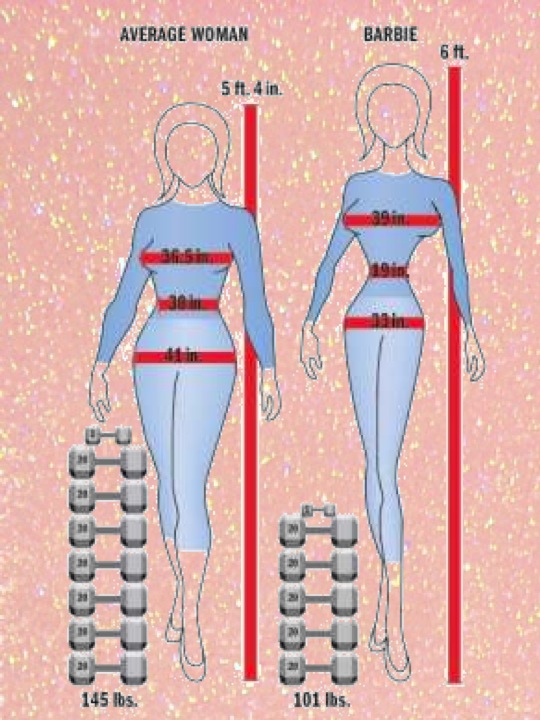
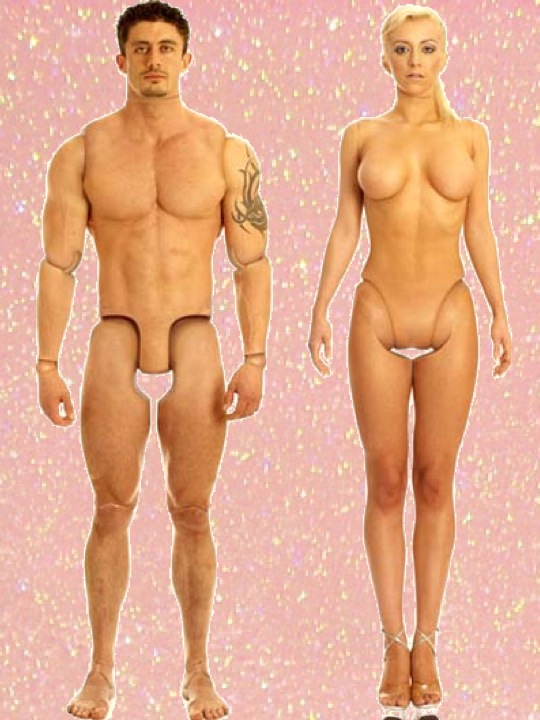
By creating Barbie in the image of humans, humans also work to recreate themselves in the image of Barbie. The realness of Barbie is challenged as human bodies are used as examples of the real body in relation to the Barbie body. The first image simply maps out Barbie's physical measurements and shows a difference in size and weight though a meticulous diagram. Lord argues, "plastic is key to understanding Barbie: her substance is very much her essence" (73). In this sense, be Barbie is being able to change your outward appearance to fit the demands of society at that moment in time. If you want to have blonde hair like Barbie, dye it. Large breast, get implants. "Commodity culture intensifies the artificial richness of bodies to the point where 'plastic body' becomes only vaguely metaphorical" (Rogers 135). The malleability of human bodies becomes just as easy as bending Barbie's plastic limbs.
The Barbie and Ken Human photo is an edited photo that shows how a human would look if we had the features and bodily characteristics of a doll. While the image my be surprising, it is an interesting representation of the way we understand Barbie's body. How we manipulate and rework Barbie's body to sow human characteristics is in constant conversation with how Barbie speaks to us, what she means to us and how our society holds her up as and ideal of beauty, constantly striving to be like her.
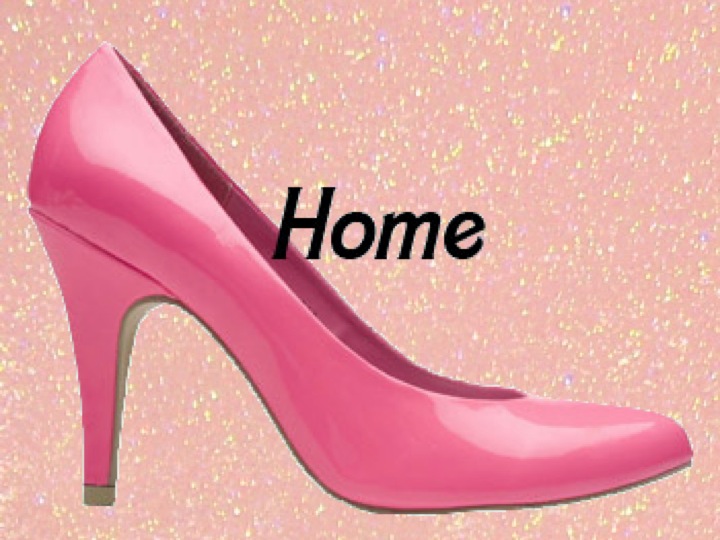
|
|
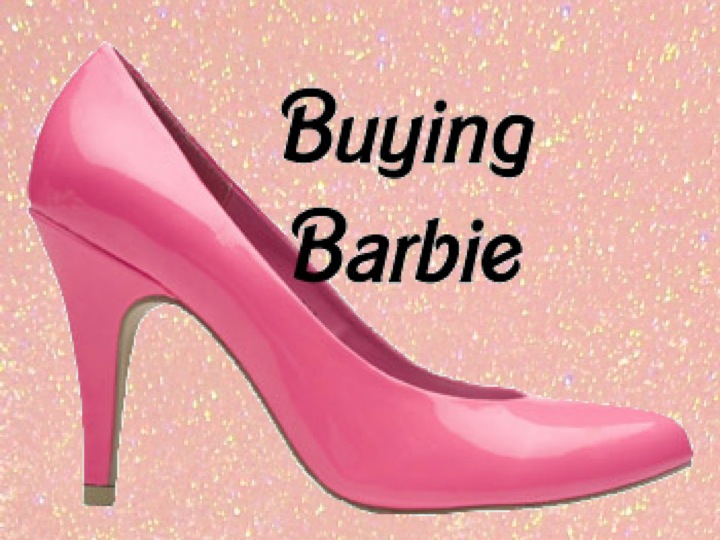
|
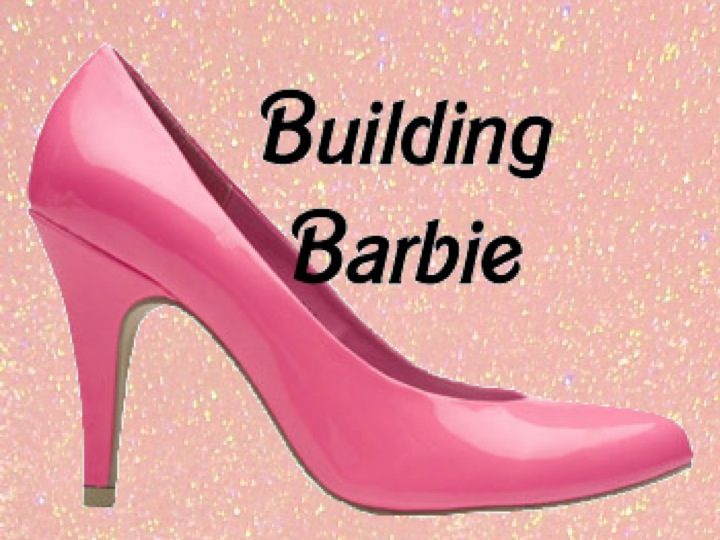
|
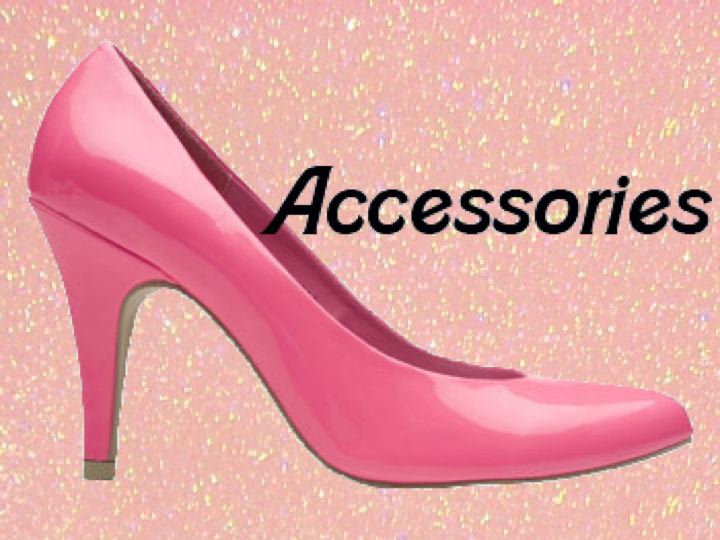
|
|